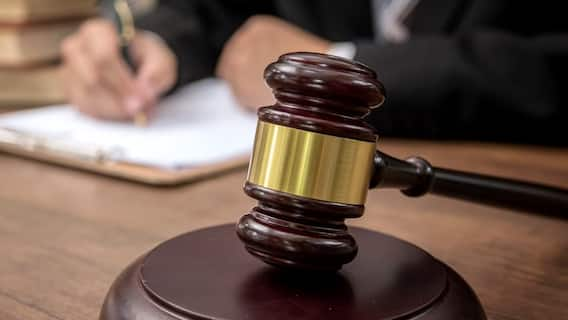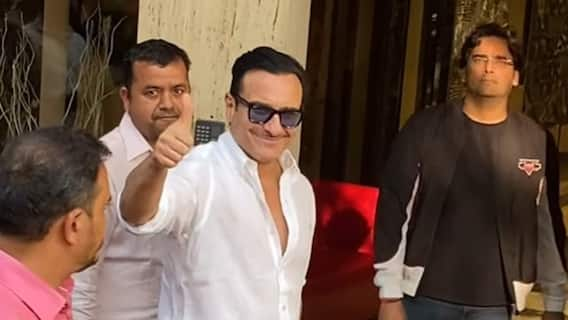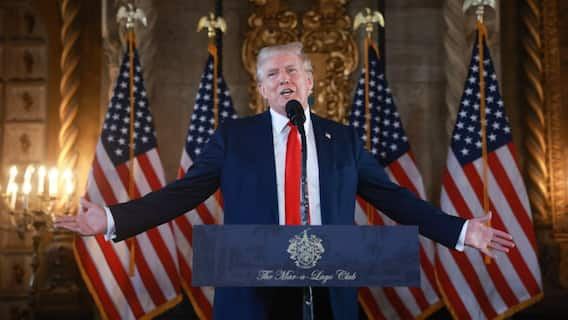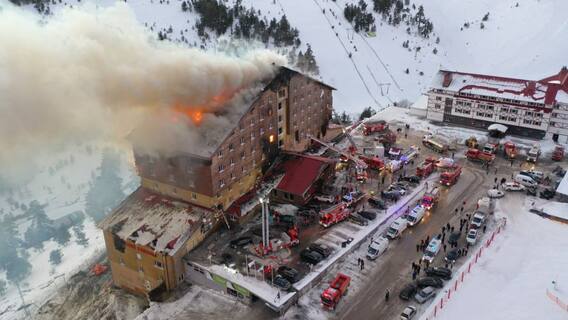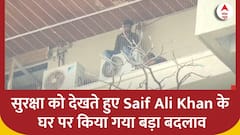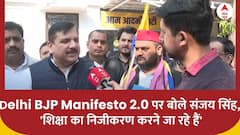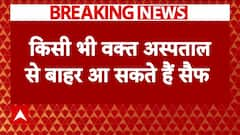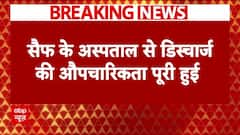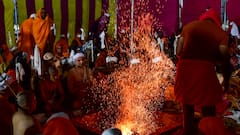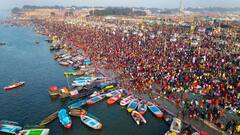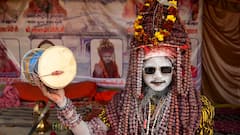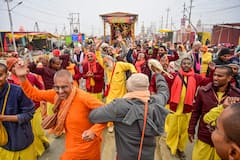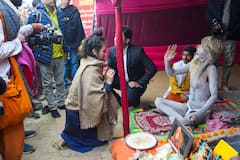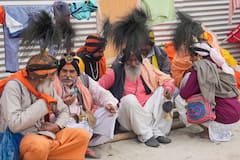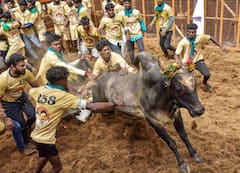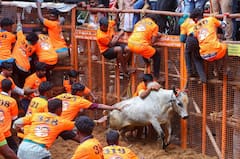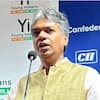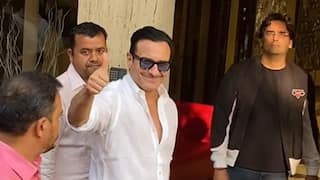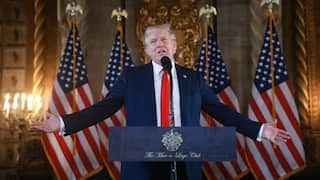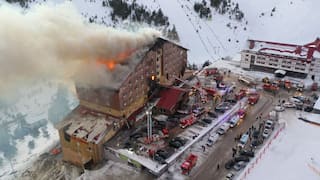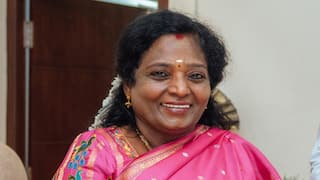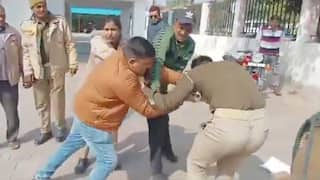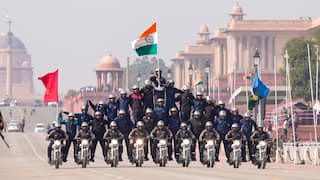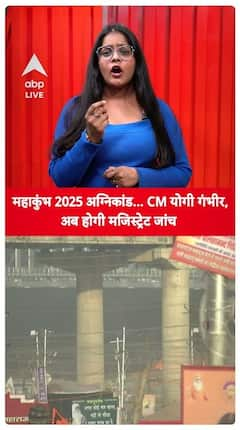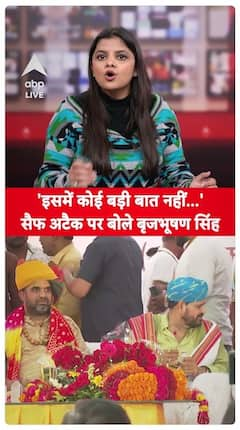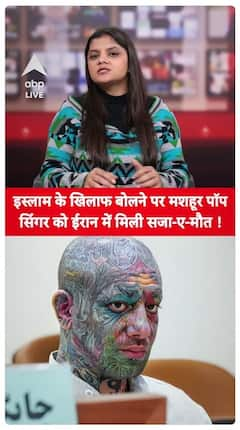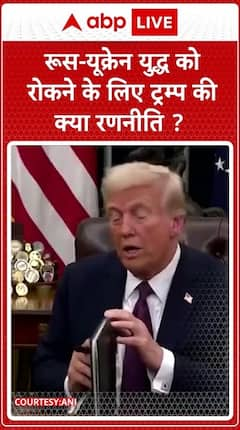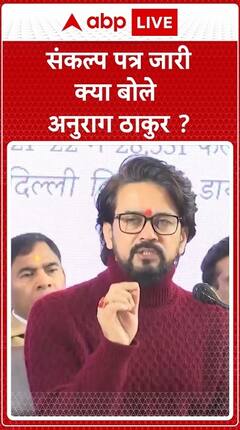Explorer
Triumphalism marks launch of BJP’s Odisha campaign

Bhubaneswar: The searing afternoon heat that marks the onset of summer in eastern India would deter most people from stepping outside their homes in Odisha’s capital city. This would be more true the day after the Odia New Year’s day. Saturday should have been a day of extended feasting followed by an afternoon siesta in most homes here. But it wasn’t.
For hours since mid-morning tens of thousands of people, many among them women, crowded the pavements along the main arterial road of Bhubaneswar to greet Prime Minister Narendra Modi. They braved the heat, sweat and dust to get a glimpse of the leader who has captured the imagination of the masses in Odisha like elsewhere in the country.
Modi is in Bhubaneswar for the BJP’s two-day National Executive meeting which began on Saturday evening. But irrespective of the purpose behind Modi’s visit, and the gathering of BJP stalwarts from across the country, it’s really a ‘Modi Show’ – a real life demonstration of the popular appeal of a Prime Minister whose ratings continue to gallop and soar three years into his term, a phenomenon never witnessed before in India.
There was a time when posters and billboards at BJP events would represent what was then known as “collective leadership” – they would have five smiling faces, that of Atal Bihari Vajpayee, LK Advani, Rajmata Vijayaraje Scindia, Sikander Bakht and Murli Manohar Joshi, in that order. That practice was discontinued at Advani’s insistence when the BJP decided to project Vajpayee as its Prime Ministerial candidate.
Between 1996 and 2009, it was first Vajpayee and then Advani who dominated the posters and billboards. Now it is Modi who dominates, along with party president Amit Shah. Two huge cutouts stand on the road, greeting all arriving at Bhubaneswar airport. The taller cutout is that of Modi; the slightly shorter but no less impressive is that of Shah.
The posters and billboards that can be seen everywhere have their faces. And a third face – that of Petroleum and Natural Gas Minister Dharmendra Pradhan who hails from Odisha. He is the man whose silent but efficient implementation of Modi’s ‘Ujjwala’ scheme of reaching LPG to poor households has fetched the BJP handsome returns in all elections held over the past three months in Odisha and other States.
Odisha witnessed a massive surge in popular support for the BJP during the panchayat elections in February, giving Chief Minister Naveen Patnaik and his till now invincible Biju Janata Dal a run for their money. The Congress got squeezed out of the race and the BJP emerged a close second to the BJD, even in areas where the party has no organisation worth its name.
Coupled with the Prime Minister’s popularity, ‘Ujjwala’ is believed to have been a key factor behind the BJP’s sudden and spectacular rise in a State which had virtually rejected the party, lock, stock and barrel, only three years ago.
The next Assembly election is due in 2019, along with the Lok Sabha poll of that year. That’s another two years to go before the BJP can take a shot at winning this eastern State and returning to power after it was unceremoniously dumped by Patnaik in 2009.
The BJD-BJP alliance fractured and broke in the wake of the Kandhamal violence during which Christians and missionaries were targeted by tribals. Patnaik blamed the VHP and, as an apocryphal story went, succumbed to pressure from the EU lobby in Delhi which made little effort to hide its distaste for the BJP till the rise of Modi forced a tactical revision of its stand on the party.
A down and out BJP has come a long way since then in Odisha as the panchayat elections showed. But the next round of elections is two years away and, as the cliché goes, seven days is a long time in politics. So why would the BJP want to assert its triumphalism in Odisha now? It would have made better sense to hold the national executive meeting in either Himachal Pradesh or Gujarat where Assembly elections are due this year, or in Uttar Pradesh where the BJP has just swept the polls.
There are three possible reasons why Bhubaneswar was chosen as the venue of the meeting and its attendant show of triumphalism.
First, Shah, the master strategist who has galvanised the BJP’s organisation and expanded its membership base, shifting the focus from asserting ideological puritanism (some would say dogmatism) to winning elections with crushing majorities, may have opted for Odisha to signal that the party is a serious contender for power.
The idea would be to harvest the current goodwill and use it to gather and consolidate further support for the future. Shah has suggested as much in his presidential speech at the meeting. This weekend’s event, therefore, could be seen as the beginning of an exhaustive overhaul of the organisation and infusing it with enthusiasm. The BJP in Odisha desperately needs both.
Second, Modi may have opted for Bhubaneswar to demonstrate personal commitment to his ‘push east’ policy of taking his message of development and economic prosperity for all to the east coast States where the BJP has traditionally languished. ‘Sab Ka Saath, Sab Ka Vikas’ needs virgin territory and the east coast offers it in ample measure.
The reconfiguration of the BJP’s social base which has resulted in an exponential increase in its appeal among the voting classes, as shown most recently in Uttar Pradesh, would stand the party in good stead in these States. The idea would be to take the ‘Modi Wave’ to new areas and then build on the euphoria, a task that would be left to Shah.
Third, it is possible the BJP senses an earlier than 2019 opportunity to come to power in Odisha. Bhubaneswar is rife with stories about Patnaik’s failing health because of a host of issues. Someone in the know told me, “He is 70 going on 93”. That was his cryptic answer to my question as to how seriously unwell is the Chief Minister.
Like all regional parties, the BJD too is a single leader-centric party with no second-in-command or a succession plan in place. If for health-related reasons Patnaik were to step down or abdicate power, there is no designated person who would step up to the Chief Minister’s post and take charge of both Government and party.
Instead, the BJD would inevitably face fatal stress and fragmentation, as happened with the AIADMK after J Jayalalithaa’s death. This is something which could happen before the elections scheduled for 2019. With the Congress near extinct in Odisha, as in many other States where it once flourished, the BJP would want to be battle ready.
As a potential contender for power, it would attract those left in the lurch in the BJD. Accretion of additional support, crucial for crossing the threshold of votes needed to win and sweep an election, has happened this way since 2014, most notably in Uttar Pradesh and Uttarakhand. Both the States have shown that an early start helps.
If one were to look for Da Vincian symbolism for further interpretation as the BJP’s subtle messaging, it would be found in the 74 lotuses that were presented to Shah on his arrival in Bhubaneswar. The Odisha Assembly has 147 seats; 74 symbolises a simple majority in the House.
But like all Da Vincian interpretations, this one too raises a counter-view: Why would either Narendra Modi or Amit Shah aim for 74 seats when they believe that victory would be heralded by winning nothing less than 147 seats?
Follow Breaking News on ABP Live for more latest stories and trending topics. Watch breaking news and top headlines online on ABP News LIVE TV
View More
Advertisement
Trending News
Advertisement
Advertisement
Top Headlines
India
Celebrities
World
World
Advertisement







